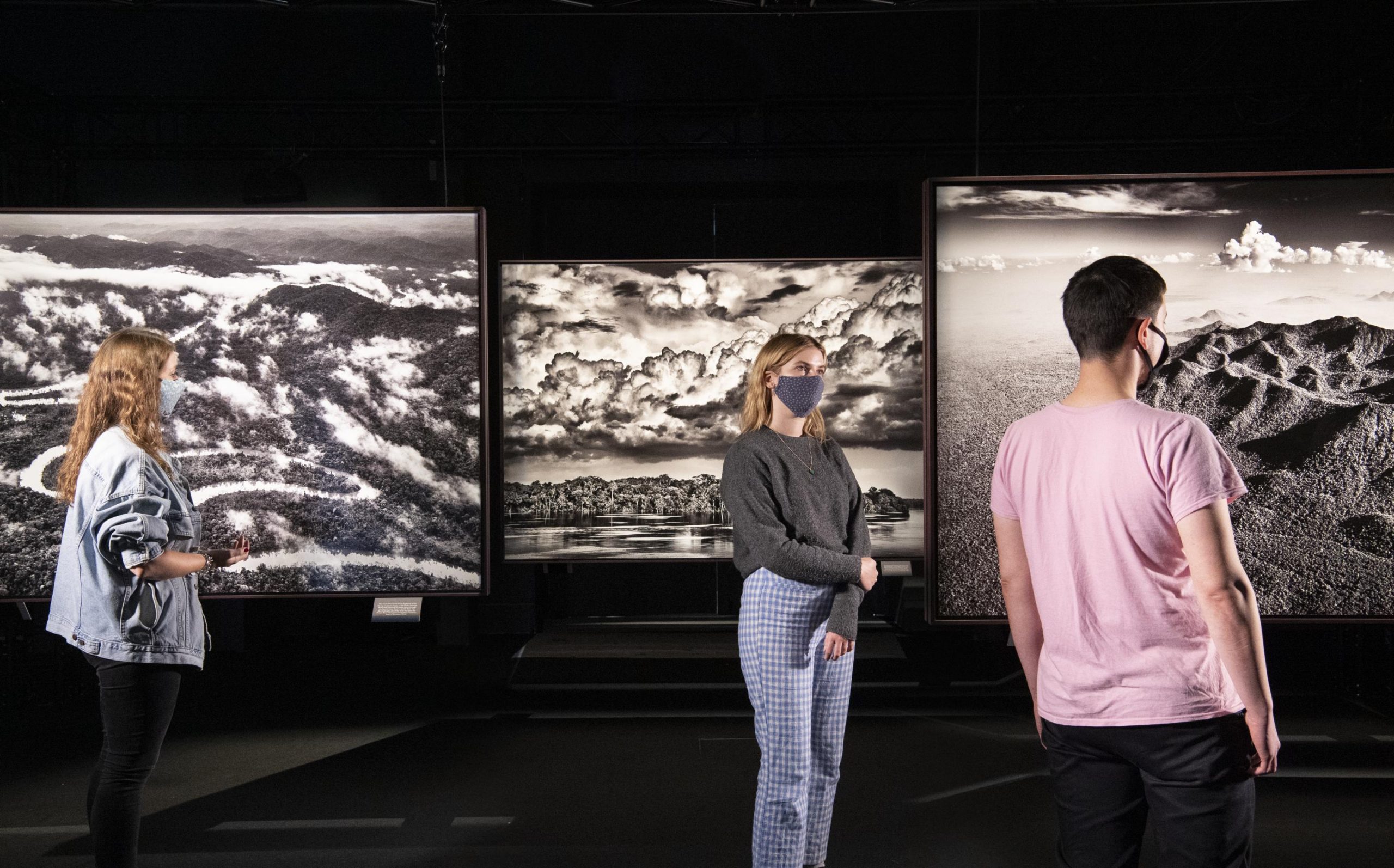
Mountains have a unique role to play in maintaining a healthy balance for our planet, as their inaccessibility and micro-climate often make them unique hotspots for biodiversity, whilst their height enables them to act as vast water towers, forcing moist air to rise and cool releasing that water vapour as snow or rain.
The water that flows from mountains supports food production for more than half of the world’s population and essential drinking water.
An amazing phenomenon of the Amazon are the ‘flying rivers’ – air currents that carry water vapour thousands of kilometres across Amazonia, along the eastern part of the Andes and towards other regions in Brazil and up to the north of Argentina – providing around 20 billion tonnes of water a day, crucial for Brazil’s agriculture.
These flying rivers are formed due to powerful winds from the Atlantic Ocean which arrive at the continent and blow over the Amazon including their mountains. The wind brings the clouds, heavy with recent evaporation, together, creating the flying rivers.
However, these flying rivers, vital to Brazil’s economy, also impact on global weather patterns and are being severely impacted by deforestation and global warming.
As global temperatures rise due to climate change, mountain glaciers are melting at alarmingly accelerated rates – leading to more flooding and landslides that put local communities at risk and push soil and sediment into local rivers, polluting the ecosystem and disrupting the food chain.
At the Science Museum we wanted to draw attention to the risks posed by climate change to the mountains of the Brazilian Amazon rainforest by exploring their beauty and their important role in the climate through the work of acclaimed Brazilian photographer Sebastião Salgado – whose 200 stunning images are on display in his latest project entitled Amazônia.
Within the exhibition visitors can explore vast mountains through floating immersive images taken from a helicopter, that capture their sheer scale.
The world’s largest rainforest and the most biodiverse place on the planet, the Amazon is home to extraordinary flora and fauna and a spectacular series of mountain ranges.
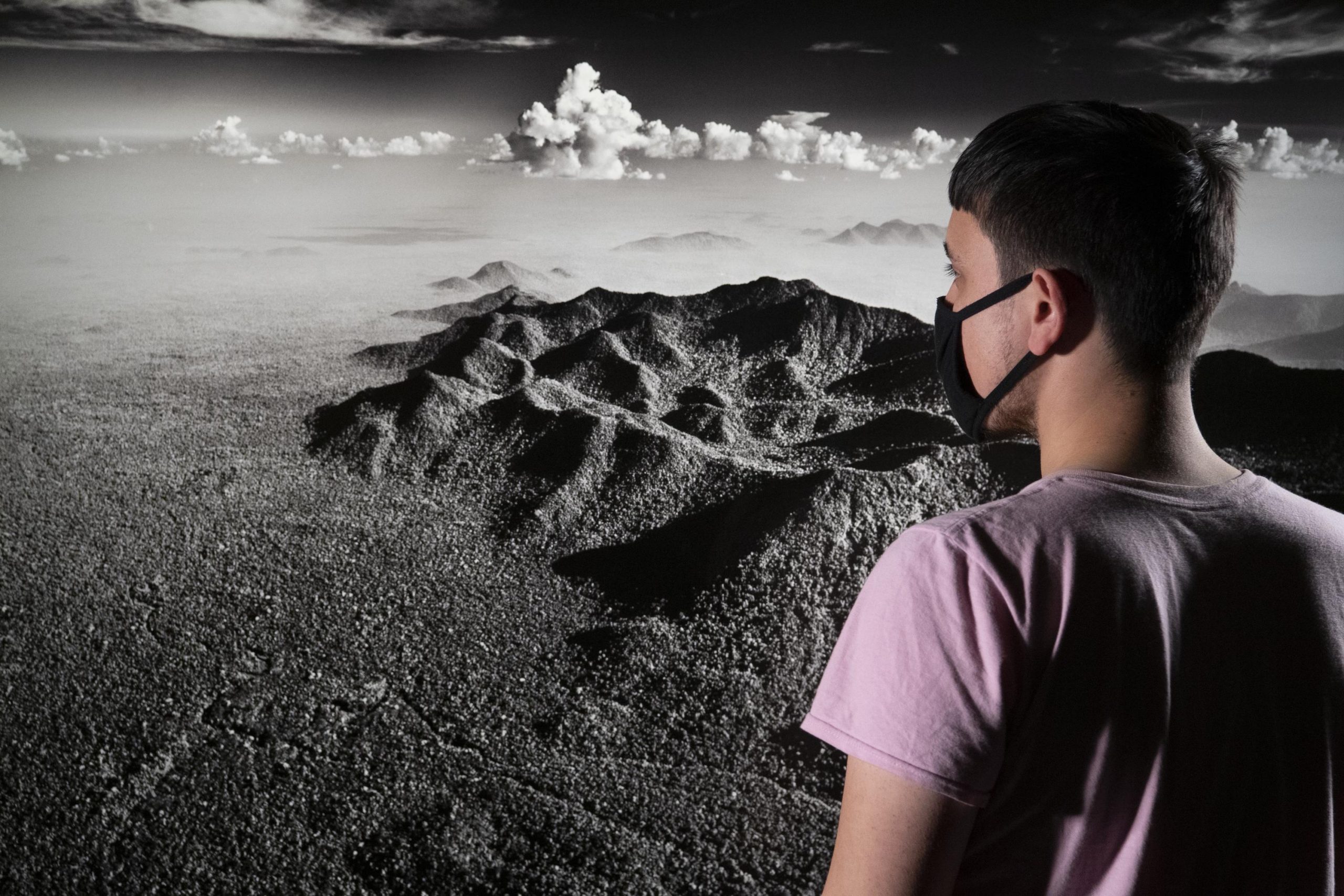
Visitors get an early glimpse in the exhibition of the Imeri mountains – Brazil’s most prominent chain of peaks made up of inselbergs or small mountains that appear as islands growing up from the forest – which create a natural border with Venezuela in the north of the state of Amazonas.
The most exquisite of these is the Pico da Neblina, or Mist Peak, which is Brazil’s highest mountain standing at close to 3000 metres above sea level. Often blanketed in thick clouds, it forms part of a section of the Guiana Highlands that sits within the territory of the Yanomami indigenous people’s land.

Visitors can meet members of the Yanomami tribe in sections of the exhibition designed to resemble ‘ocas’ – the dwellings of indigenous groups living in the Amazon. These ocas are painted the same colour as the iron oxide-rich, rusty coloured soils that you find in the Amazon.
Interviews with the nine tribal leaders represented in the exhibition, including Davi Kopenowa, leader of the Yanomami tribe, reveal poignant testimonies of the devastating impacts of climate change and the struggle these tribes face trying to protect their lands from illegal and legal deforestation, gold mining, diseases and viruses like COVID-19 brought in from outsiders and other threats.
It also reveals how these indigenous peoples have consistently been the guardians of the rainforest, with the skills and indigenous knowledge to live in harmony with the forest. More on deforestation of the Amazon rainforest can be found here.
Visitors can also experience the beauty of Mount Roraima – the highest of the Pakaraima chain of table-top mountains in Brazil and considered to be one of the oldest geological formations on Earth and sacred to many indigenous tribes, including the Yanomami.
Unique in its prehistoric ecology, it looms large in popular culture, credited as part of the inspiration behind Paradise Falls in Pixar’s Up and the setting for Sir Arthur Conan Doyle’s The Lost World.
Situated to the east in the State of Roraima, in the Raposa–Serra do Sol Indigenous Territory, Mount Roraima sits on the border with Guyana and Venezuela. Rising to 2,800 metres above sea level it is categorised as Tepuis – a table-top geological formation containing sandstone and quartzite soil, and in this case, with giant waterfalls cascading down its rock face.
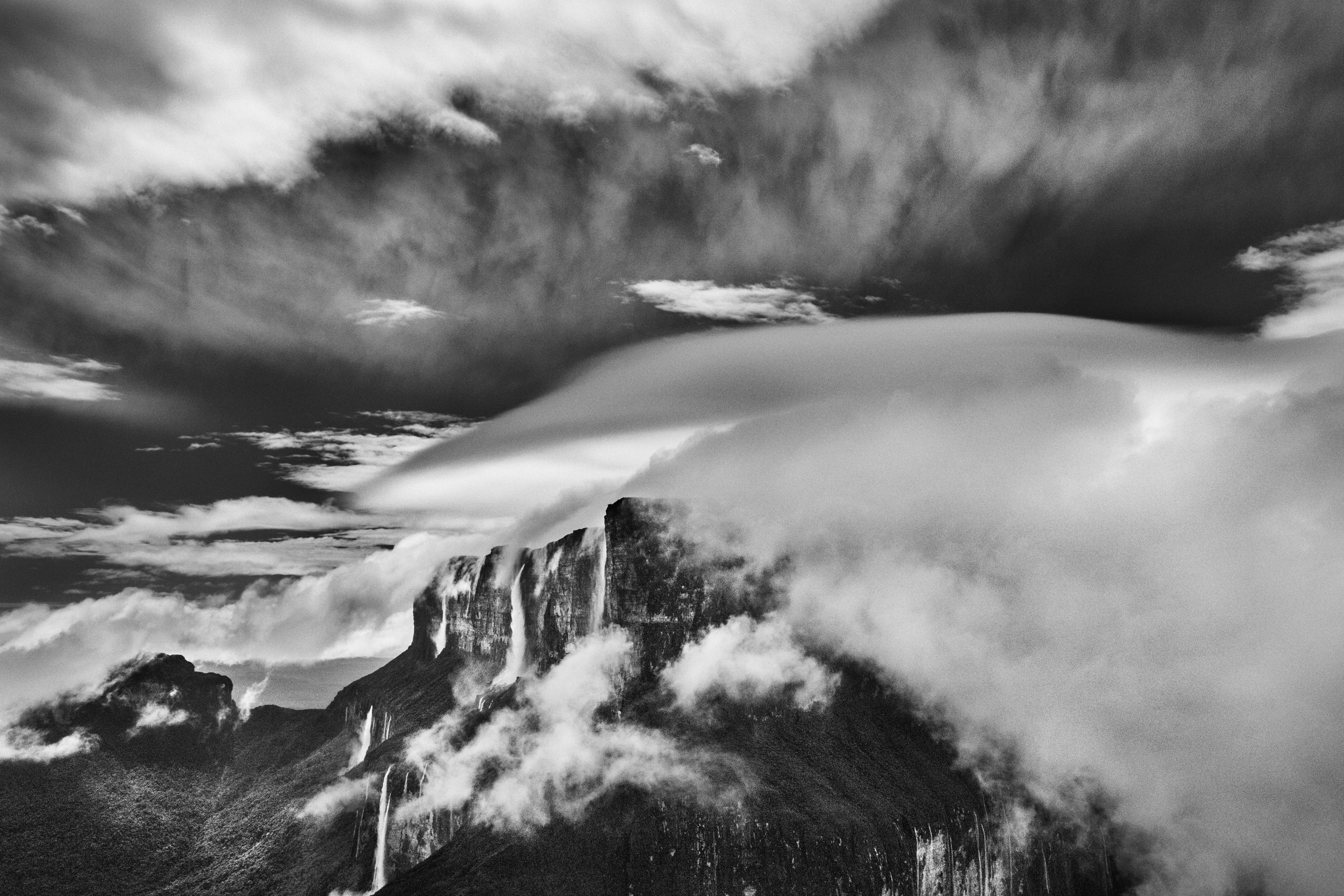
The plateaus of these tepuis are isolated from the ground forest, with the altitude enabling special ecological islands with their own distinct climate which sustains plants and animals endemic to the area.
To find out more about these ecological islands, I spoke to world renowned botanist of the Amazon rainforest, and former Director of the Royal Botanical Gardens – Kew, Professor Sir Ghillean Prance:
‘The mountains surrounding Amazonia are of extraordinary biological interest because each is an isolated island of vegetation that has evolved an endemic flora and fauna because of its isolation.
For example, on my two expeditions to Serra do Aracá in the northwest of Amazonian Brazil, we discovered more than 25 new species of plants and since then Brazilian botanists have discovered more. I fear that the plants and animals of these mountains such as Pico da Neblina and Serra do Aracá are under threat because of climate change.
The warmer climate is causing the lowland flora to move upwards and occupy the place of some of the rare montane endemics.
Also, the long periods of drought that now seem to occur regularly are in areas previously always surrounded by clouds is a major threat to their biota.’
So what plant species are at risk?
‘We are in danger of losing a large number of important locally endemic species of tropical mountains such as the amazing pitcher plants in the genus Heliamphora that has species on almost all the tepuis of Brazil and Venezuela.
Each mountain tends to have its unique species, for example, Heliamphora ceracea and H. neblinae both occur on Serra Neblina, and Heliamphora nutans is found on Mount Roraima.
There are many species of orchids and Bromeliaceae on these mountains as well and all those of very local distribution a prone to loss by the changing climate’.
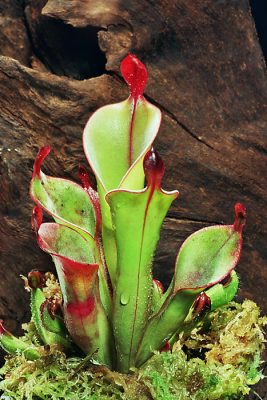
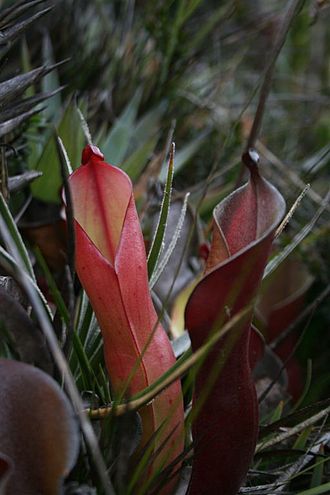
As part of the Science Museum’s Climate Talks event series we hosted a debate on the role of the Amazon rainforest.
At the event renowned Brazilian Earth System scientist, Prof Carlos Nobre explained that due to deforestation and mining, the Amazon is at risk of ‘savannization’, beyond which the whole system could collapse releasing all the carbon stored in the trees into the atmosphere which in turn would speed up global heating:
‘We are seeing the dry season becoming lengthier in [the] Southern Amazon…and the mortality rate of the wet forest is increasing…We are seeing a very degraded ecosystem in large portions of the southern Amazon in Brazil with some species that are typical of savannah and mostly grassland. So we are at the edge of the cliff of this great change in the Amazon rainforest.’
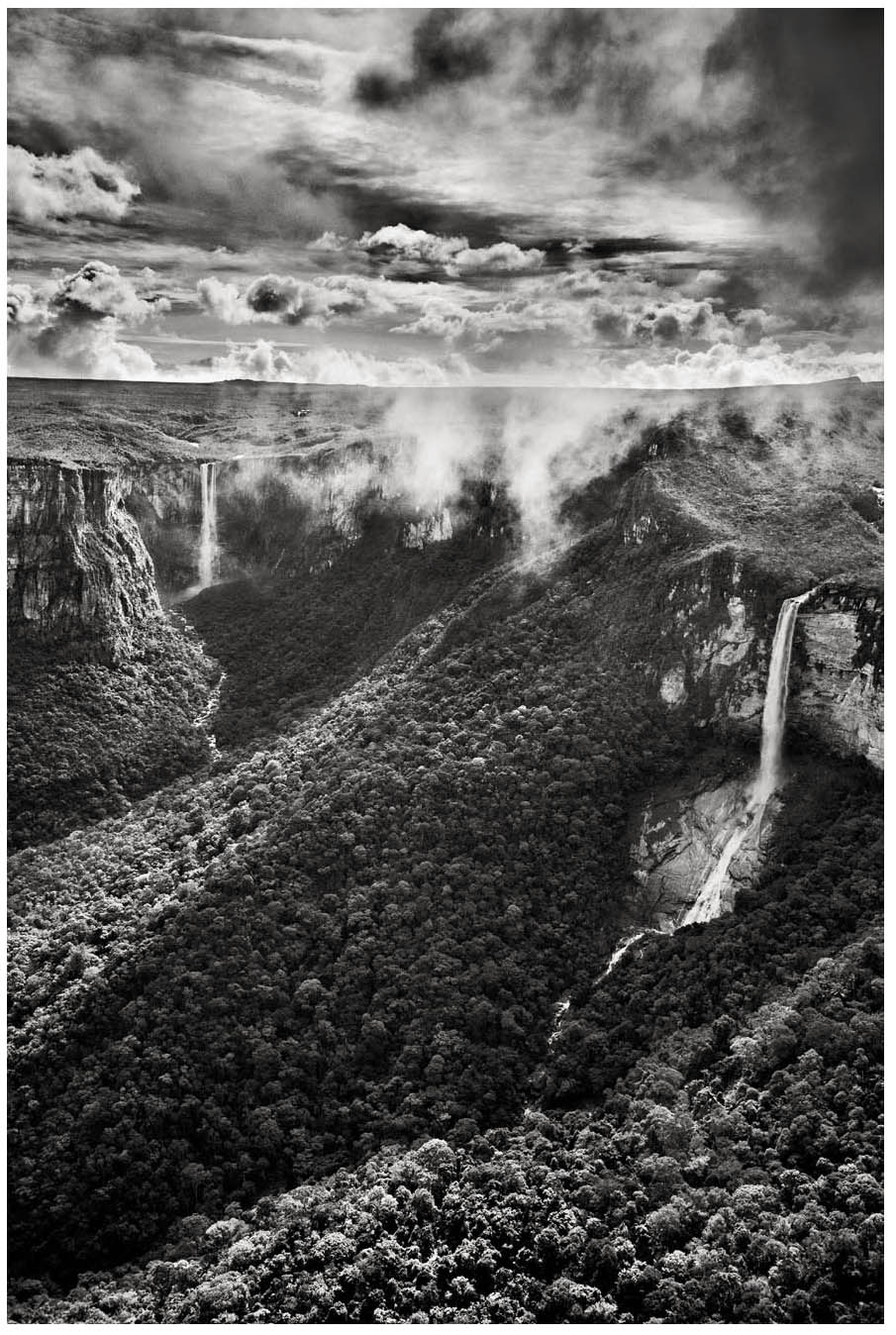
Whilst Professor Sir Ghillean Prance, said in the same event: ‘We know we have lost 20% of the forest and at least another 20% or so is deeply disturbed…It is predicted that we will lose between 4,000 to 8,000 species of plant by 2050….Extinction has definitely already begun in the Amazon already’.
As the UN shines a light on the risks posed to mountain ranges and the eco-systems they support, the images of Salgado’s Amazônia are a stark reminder of what we all stand to lose if we don’t act now to save this rare and precious ecosystem. And if we don’t, the impacts of the effects on our global climate system are and will continue to be catastrophic and felt by us all.
After a successful run at the Science Museum in London, Amazônia is on at the Science and Industry Museum in Manchester from 13 May – 14 August 2022. Book tickets now.
